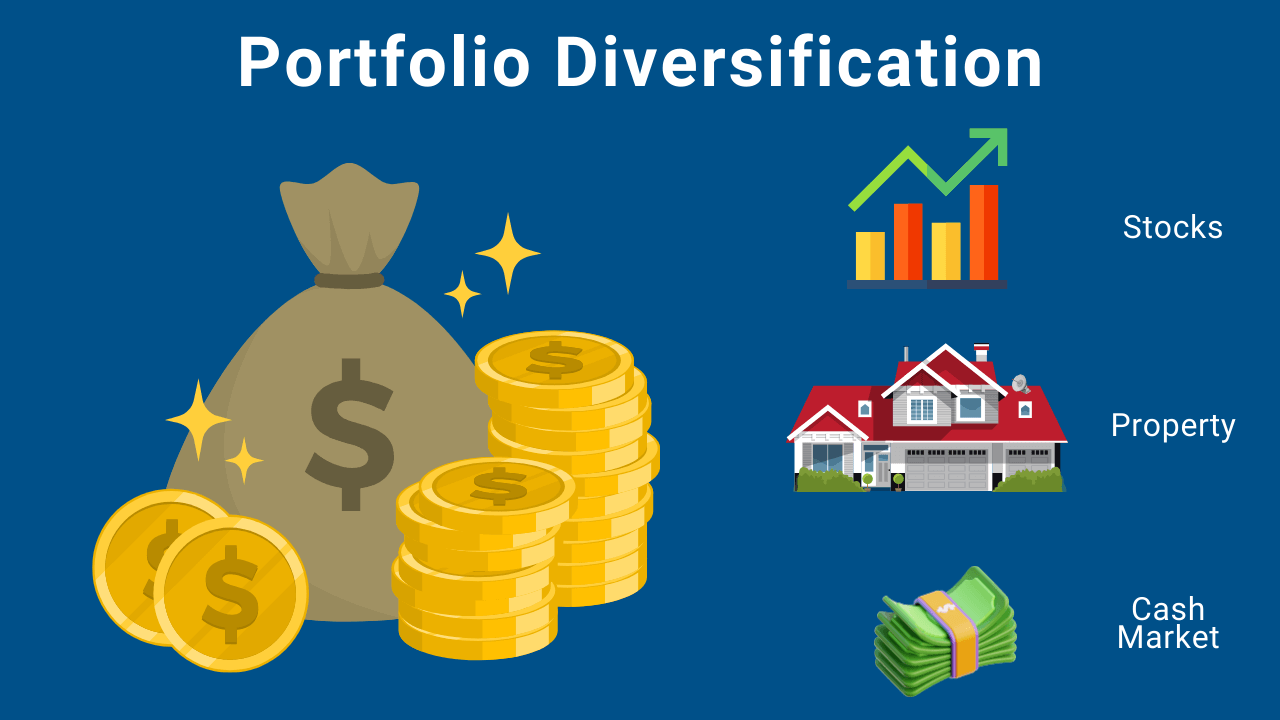Diversification is a fundamental investment strategy that can reduce risk and enhance potential returns. By spreading your investments across various asset classes, sectors, and geographical locations, you can mitigate the impact of poor performance in any single area on your overall portfolio. This guide explains how to effectively diversify your investment portfolio to maximize profits, incorporating smart SEO keywords to boost organic traffic and adhering to ethical content guidelines.
Understanding the Importance of Diversification
Diversification is based on the premise that different asset classes perform differently under various economic conditions. By diversifying, investors can potentially increase their chances of achieving more consistent and safer returns over time. This strategy is crucial for both new and seasoned investors aiming to protect their assets while seeking opportunities for growth.
Benefits of Diversification
- Reduces Risk: Minimizes the impact of volatility and potential losses.
- Improves Returns: Balances risk across various investments to achieve smoother, more consistent returns.
- Reaches Financial Goals: Helps investors more reliably meet their financial objectives through steady growth.
Strategies for Diversifying Your Portfolio
1. Spread Investments Across Asset Classes
Invest in a mix of stocks, bonds, real estate, and cash. Each asset class reacts differently to market conditions:
- Stocks offer high potential returns with high volatility.
- Bonds provide steady income with lower risk than stocks.
- Real Estate can offer both income through rent and potential appreciation in value.
- Cash provides liquidity and safety.
2. Vary Investments Within Each Asset Class
Don’t just invest in one type of stock or bond:
- Stocks: Include a mix of sectors such as technology, healthcare, and finance, and consider different sizes of companies, from large-cap to small-cap.
- Bonds: Diversify across government bonds, corporate bonds, and municipal bonds with different maturities and credit qualities.
3. Include International Exposure
Investing in international markets can tap into growth in different economic regions and reduce exposure to the risk associated with any single country:
- Developed Markets: Offer stability and are typically less volatile than emerging markets.
- Emerging Markets: Provide high growth potential but come with increased risk.
4. Consider Alternative Investments
Include assets that do not correlate strongly with stock and bond markets:
- Commodities: Such as gold and oil.
- Hedge Funds: For qualified investors, offering various alternative strategies.
- Private Equity: Investments in companies not listed on the public stock exchanges.
5. Rebalance Regularly
Market movements can shift your intended asset allocation, affecting your risk level. Regular rebalancing ensures your portfolio stays aligned with your risk tolerance and investment goals.
6. Use Diversified Investment Funds
Utilize mutual funds, index funds, and ETFs that inherently provide diversification within a predefined investment category. This is particularly useful for investors who may not have the time or expertise to build and manage a diversified portfolio themselves.
Incorporating Smart SEO Keywords
To drive organic traffic, this article includes targeted SEO keywords such as “investment diversification,” “portfolio management,” “asset allocation,” “risk management in investing,” and “maximizing investment profits.” These keywords help improve the article’s search engine ranking, making it more visible to individuals searching for guidance on portfolio diversification.
Ethical Content Practices
This guide adheres to high ethical standards by:
- Providing accurate and factual information: Ensures investors have reliable data to base their decisions.
- Offering practical advice without guarantees: Acknowledges the inherent risks in investment.
- Catering to diverse financial situations: Offers strategies that can be tailored to different levels of investment experience and capital.
FAQ: Diversifying Your Investment Portfolio
What is the minimum number of different investments needed to diversify?
There is no specific number that guarantees diversification; however, a common approach is to hold between 10 to 30 different assets across various classes. More important than quantity is the quality of how these assets are spread across different sectors and regions.
How often should I rebalance my portfolio?
Rebalancing frequency can depend on market conditions and personal investment goals, but typically, reviewing and adjusting your portfolio annually or bi-annually is recommended to keep it aligned with your risk tolerance and investment objectives.
Can diversification eliminate risk entirely?
No, diversification cannot eliminate risk entirely. It can, however, significantly reduce unsystematic risk, which is specific to a company or industry. Systematic risk, which affects the entire market or economy, cannot be diversified away.





